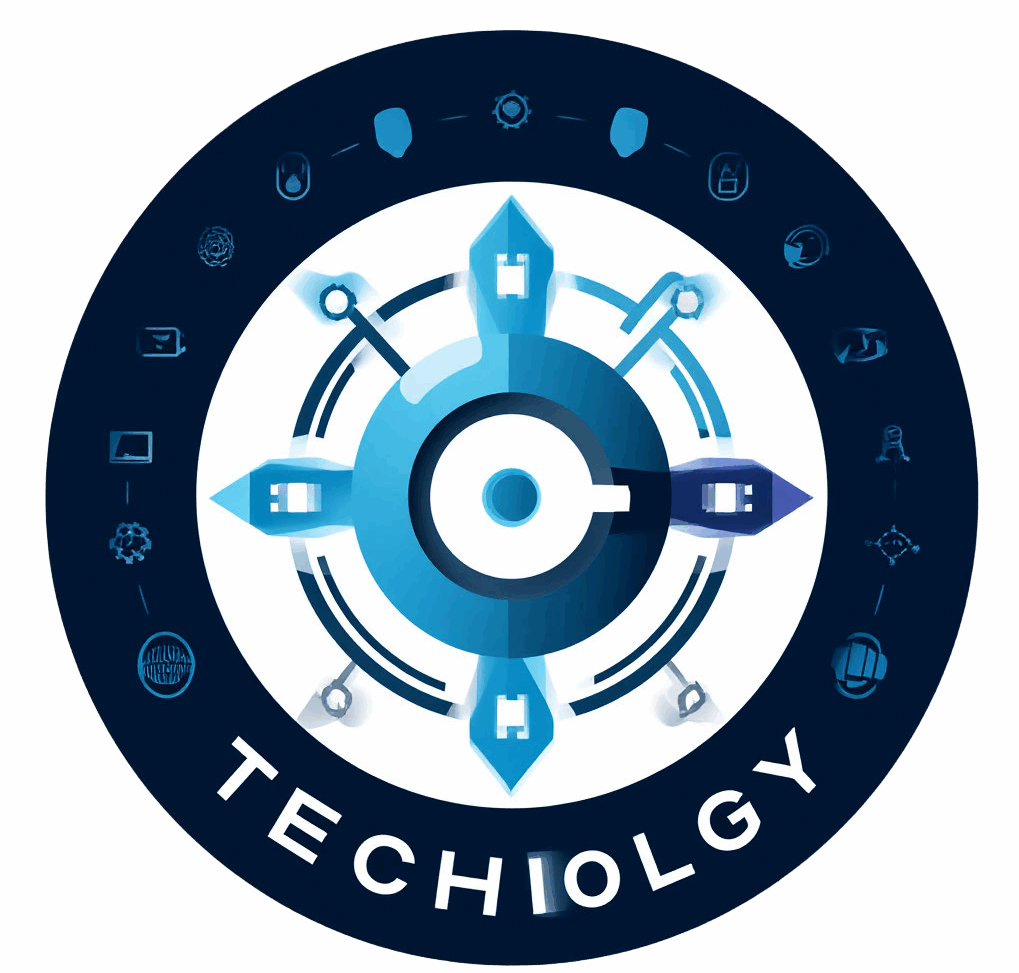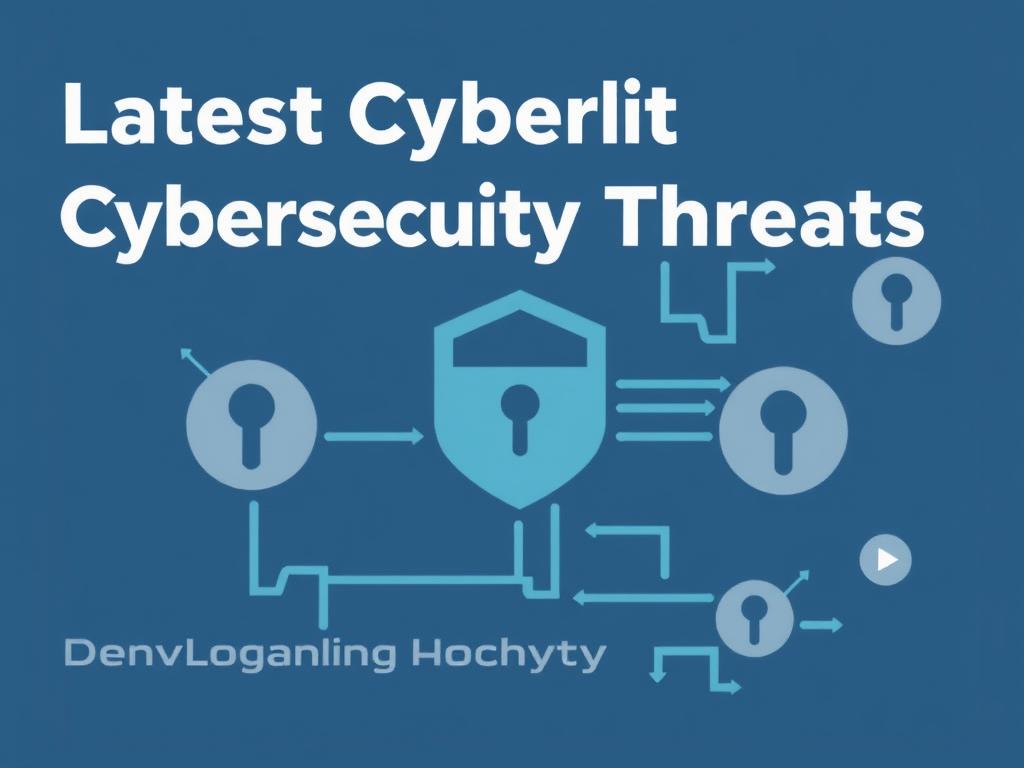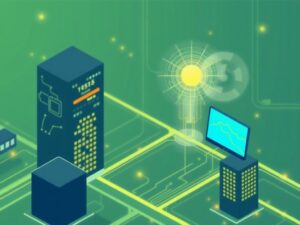In today’s fast-paced digital world, cybersecurity threats are evolving more quickly than ever before. It seems like every week there’s news about a new type of attack or vulnerability that puts our personal information, businesses, and even entire nations at risk. Understanding the latest cybersecurity threats and how to defend against them is crucial, whether you’re a casual internet user or responsible for protecting a company’s digital assets. This article will dive deep into some of the most pressing threats we face right now and share practical strategies to keep you safe in the cyber landscape.
The Growing Landscape of Cybersecurity Threats
Cyber threats come in many different shapes and forms, continuously adapting to exploit new technologies and human weaknesses. Recent years have seen an alarming rise in targeted attacks designed to bypass traditional security measures. Let’s break down some of the latest threats that pose a serious risk:
Ransomware Attacks

Ransomware remains one of the most damaging cybersecurity threats. This type of malware encrypts the victim’s files or entire system and demands a ransom payment to restore access. Attackers now use sophisticated tactics like double extortion—stealing data before encrypting it and threatening to release sensitive information if the ransom isn’t paid. This adds a new layer of pressure on victims, particularly on businesses and healthcare organizations, where downtime and data breach consequences can be catastrophic.
Phishing and Spear Phishing

Phishing attacks target people rather than machines, relying on social engineering to trick users into giving away sensitive information such as passwords and credit card numbers. Spear phishing takes this a step further by tailoring attacks to specific individuals or organizations using personal information to make the deceptive emails or messages appear trustworthy. The rise of deepfake technology and AI-generated content has made these attacks harder to detect, making education and awareness critical defensive tools.
Supply Chain Attacks
One of the most concerning recent developments in cybersecurity is the increase in supply chain attacks. Instead of targeting a company directly, attackers compromise a third-party vendor or software provider that the company relies on. This creates a backdoor into many organizations through a single vulnerable supplier. The infamous SolarWinds breach revealed just how damaging this can be, affecting multiple government agencies and corporations worldwide.
IoT Vulnerabilities
The Internet of Things (IoT) has brought incredible convenience by connecting everything from smart thermostats to industrial machinery. However, many IoT devices are designed with weak security or no security at all, making them easy targets for hackers. Once compromised, these devices can be used to launch large-scale distributed denial-of-service (DDoS) attacks or provide unauthorized access to broader networks.
Cryptojacking

Cryptojacking is a somewhat stealthy threat where attackers hijack your device’s processing power to mine cryptocurrency without your consent. This can slow down devices, increase electricity costs, and degrade hardware over time. It’s often delivered through malicious scripts embedded in websites or via infected software downloads.
How to Defend Against the Latest Cybersecurity Threats
While the landscape of cyber threats seems daunting, there are several effective measures you can take to defend yourself and your organization. The key is staying informed and adopting a layered approach to cybersecurity. Here’s how you can build a robust defense:
1. Educate and Train Yourself and Your Team
Since many cyber attacks exploit human error, ongoing education is vital. Regular training sessions on recognizing phishing attempts, proper password management, and safe browsing habits go a long way. It’s also helpful to simulate phishing exercises to test awareness and reinforce learning.
2. Use Strong Authentication Methods
Passwords alone are no longer enough to protect your accounts. Multi-factor authentication (MFA) adds an extra layer of security by requiring additional verification steps, such as a text message code, authentication app, or biometric scan. Wherever possible, enable MFA on important accounts and systems.
3. Keep Software and Systems Up to Date
Many cyber attacks exploit vulnerabilities in outdated software. Apply security patches and updates promptly to mitigate these risks. This includes operating systems, applications, internet-connected devices, and security software itself.
4. Implement Endpoint Protection and Monitoring
Deploying endpoint protection tools can help detect and block malware and suspicious activity across devices. Coupled with continuous monitoring and threat intelligence, these solutions can alert you to potential breaches early on, enabling quick responses to contain damage.
5. Secure Your Supply Chain
Given the rise in supply chain attacks, it’s important to vet your vendors carefully. This includes requiring proof of cybersecurity standards, conducting risk assessments, and maintaining clear communication channels to quickly address any threats involving third parties.
6. Protect IoT Devices
For your identified Internet of Things devices, change default credentials, disable unnecessary features, and isolate them on a separate network when possible. Regularly check for firmware updates to patch vulnerabilities.
7. Backup Critical Data Regularly
In the event of ransomware or other disruptive attacks, having secure and regular backups can mean the difference between quick recovery and prolonged downtime. Keep backups offline or in a cloud environment with strong encryption and access controls.
Cybersecurity Best Practices Summary
To help you visualize and remember the essentials, here’s a table summarizing the best practices for defending against the latest cybersecurity threats:
| Threat | Defense Measures |
|---|---|
| Ransomware | Regular backups, endpoint protection, patch management, and user education |
| Phishing & Spear Phishing | User training, email filtering, MFA, and simulation exercises |
| Supply Chain Attacks | Vendor risk assessment, strict access control, and continuous monitoring |
| IoT Vulnerabilities | Change defaults, isolate networks, firmware updates, strong passwords |
| Cryptojacking | Malware protection, script-blocking browser extensions, and monitoring system performance |
Emerging Trends in Cybersecurity Defense
The cybersecurity industry is not standing still in the face of rising threats. Some of the most exciting developments include artificial intelligence (AI)-powered threat detection, zero trust architectures, and enhanced encryption technologies.
Artificial Intelligence and Machine Learning
AI can analyze massive amounts of data quickly enough to spot anomalies and predict attacks before they happen. This proactive approach enables companies to stay one step ahead of cybercriminals. However, it’s important to recognize that attackers are also leveraging AI to improve their methods, creating an ongoing arms race.
Zero Trust Security
The zero trust model operates on the principle “never trust, always verify.” Instead of assuming users or devices within a network are safe, it enforces strict access controls and continuously authenticates users, reducing the risk of insider threats and lateral movement of attackers.
Improved Encryption and Privacy Tools
Encryption is the backbone of protecting data confidentiality. New protocols and privacy-focused tools help safeguard everything from communications to stored data. End-to-end encryption in messaging apps and encrypted DNS are examples of technologies helping users maintain control over their own data.
Practical Cybersecurity Tips for Individuals and Small Businesses
Whether you’re protecting personal devices or running a small business, some cybersecurity steps make a big difference:
- Use password managers: These tools generate and securely store complex passwords, so you don’t have to remember them all.
- Be cautious with public Wi-Fi: Avoid accessing sensitive accounts on open networks or always use a virtual private network (VPN).
- Regularly review account activity: Monitor financial and email accounts for any unauthorized changes or transactions.
- Install reputable security software: It can catch malware, block suspicious websites, and offer anti-phishing protection.
- Limit data sharing on social media: Oversharing personal details can make you an easier target for social engineering attacks like spear phishing.
Conclusion
The digital age offers incredible convenience, but it also brings a wide array of cybersecurity threats that evolve constantly. By understanding the latest cyber dangers such as ransomware, phishing, supply chain attacks, IoT vulnerabilities, and cryptojacking, you gain the power to protect yourself and your organization more effectively. Adopting a layered defense strategy that combines education, strong authentication, regular updates, and advanced tools like AI-driven monitoring will help you navigate this complex landscape with confidence. Remember, cybersecurity isn’t a one-time task but an ongoing commitment. Staying informed, prepared, and vigilant is the best way to defend against the cyber threats of today and tomorrow.




